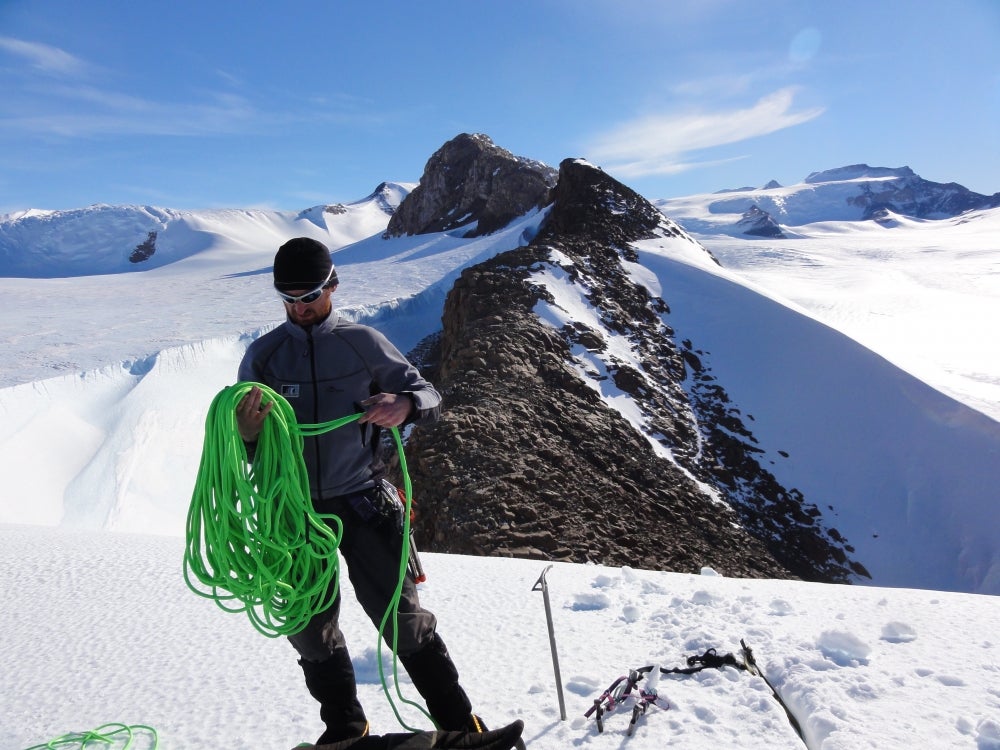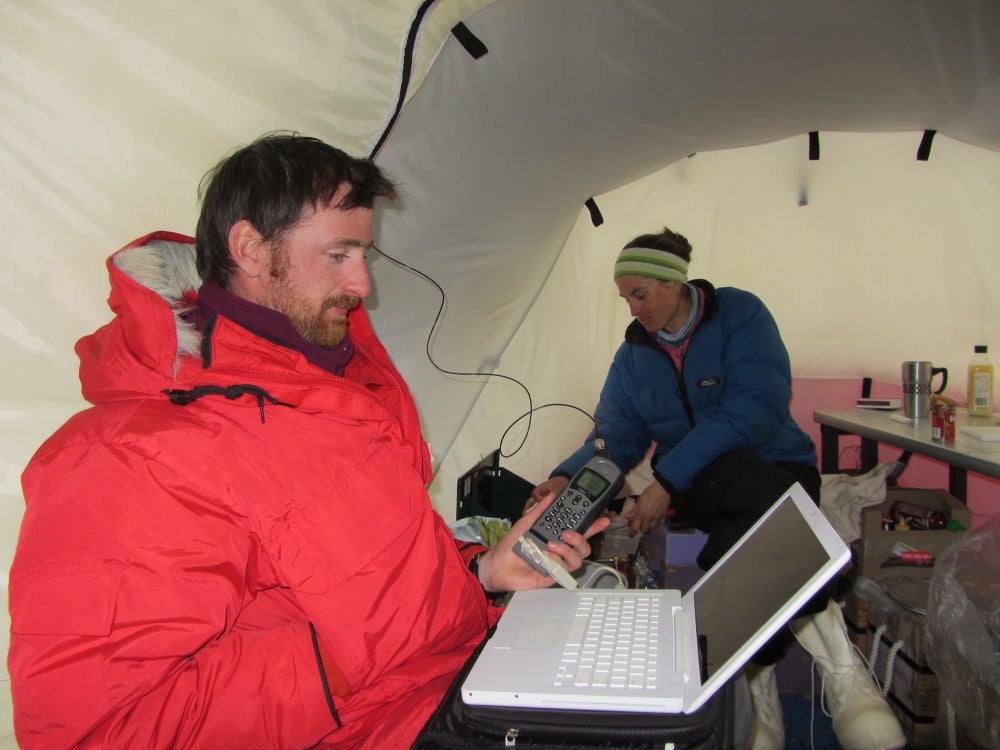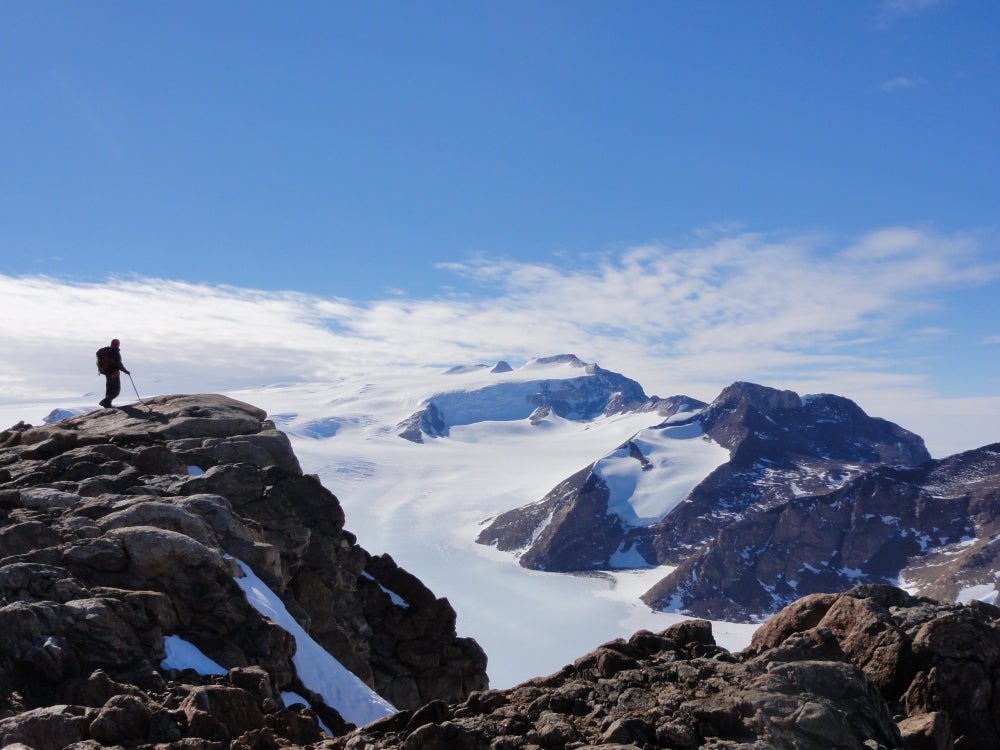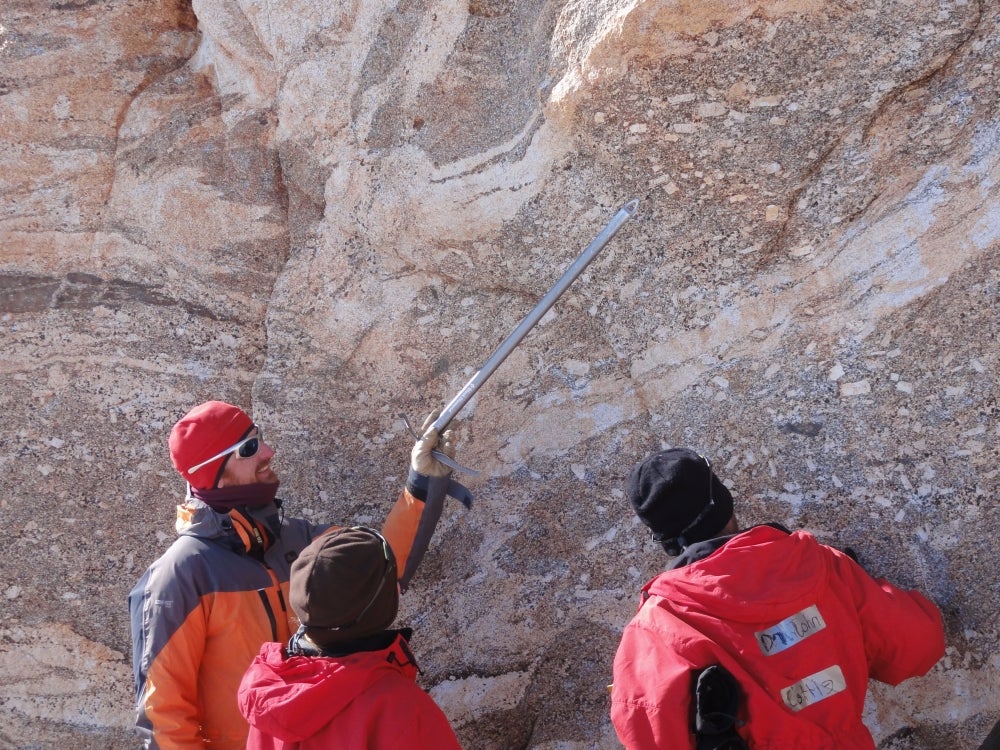A Rock Star
If you’re a geochronologist like UC Santa Barbara’s John Cottle, you know that what seems to be solid ground beneath your feet is actually a collection of huge floating plates of the Earth’s crust, separating, drifting and coming together in a long, slow demolition derby. In the seams between these continental plates the land shakes, seafloors spread, mountains rise, volcanoes form, and the Earth reveals its deepest, oldest secrets.
“I’m mostly interested in what happens when two continental plates collide, particularly in places like the Himalaya, and what happens in the deep crust,” said Cottle, an associate professor in UCSB’s Department of Earth Science.
For his research studying into the Earth’s crust in the Himalaya as well as in Antarctica and particularly for his strong success in combining both lab- and field-based research techniques, Cottle has been awarded the coveted MGPV (Mineralogy, Geochemistry, Petrology & Volcanology division) Early Career award by the Geological Society of America.
“I am continually impressed with our young researchers and the accolades they receive from professional organizations,” said Pierre Wiltzius, dean of mathematical, life and physical science at UCSB. “John Cottle’s early career award recognizes his dedication to his field not just in America, but in the international community, and we know this will be followed by many more successes.”
“It’s a great honor,” Cottle said of the recognition from the North American geological community.
A native of New Zealand, and a climber, skier and former guide, Cottle received his Ph.D. in the United Kingdom and has spent about a decade working in the Himalaya. His other main research interest focuses on Antarctica where, he said, he seeks to understand what causes the process of subduction — the process by which one continental plate slides beneath another as they converge — to stop.
“Antarctica is sort of a weird place because everyone thinks of it as just ice but there’s a lot of rock exposed there, and where it is exposed, it’s exposed very well, and so we can see the geology for a long distance across the mountain belt.” Through a combination of strategic rock gathering and lab analysis he and his fellow researchers can determine the age of these rocks and the geological processes involved in the formation and evolution of the ancient Transantarctic Mountain subduction zone.
“The questions we ask at the moment: How old are these rocks and what is their variation in age?” Cottle said. “Can you say that subduction started and stopped all at once along the mountain belt, or did those processes move in one direction along the mountain belt?” In his research Cottle hopes to illuminate processes that take billions of years to occur.
“It’s really interesting to think about how you actually build a continental land mass,” he said. “You take little continents and you start colliding them together to make a big continent.” While the oldest parts of the continents we know are not always in the center of the landmass, they are usually the thickest, he added. Looking at both old and young mountain belts provides a good sense for how these geologic processes operate and the timescales over which they occur.
Cottle and his team’s progress in Antarctica can be followed at http://antarctica360.net/ and on Twitter at https://twitter.com/antarctica360.







